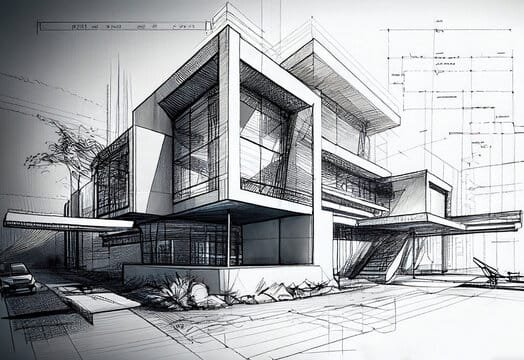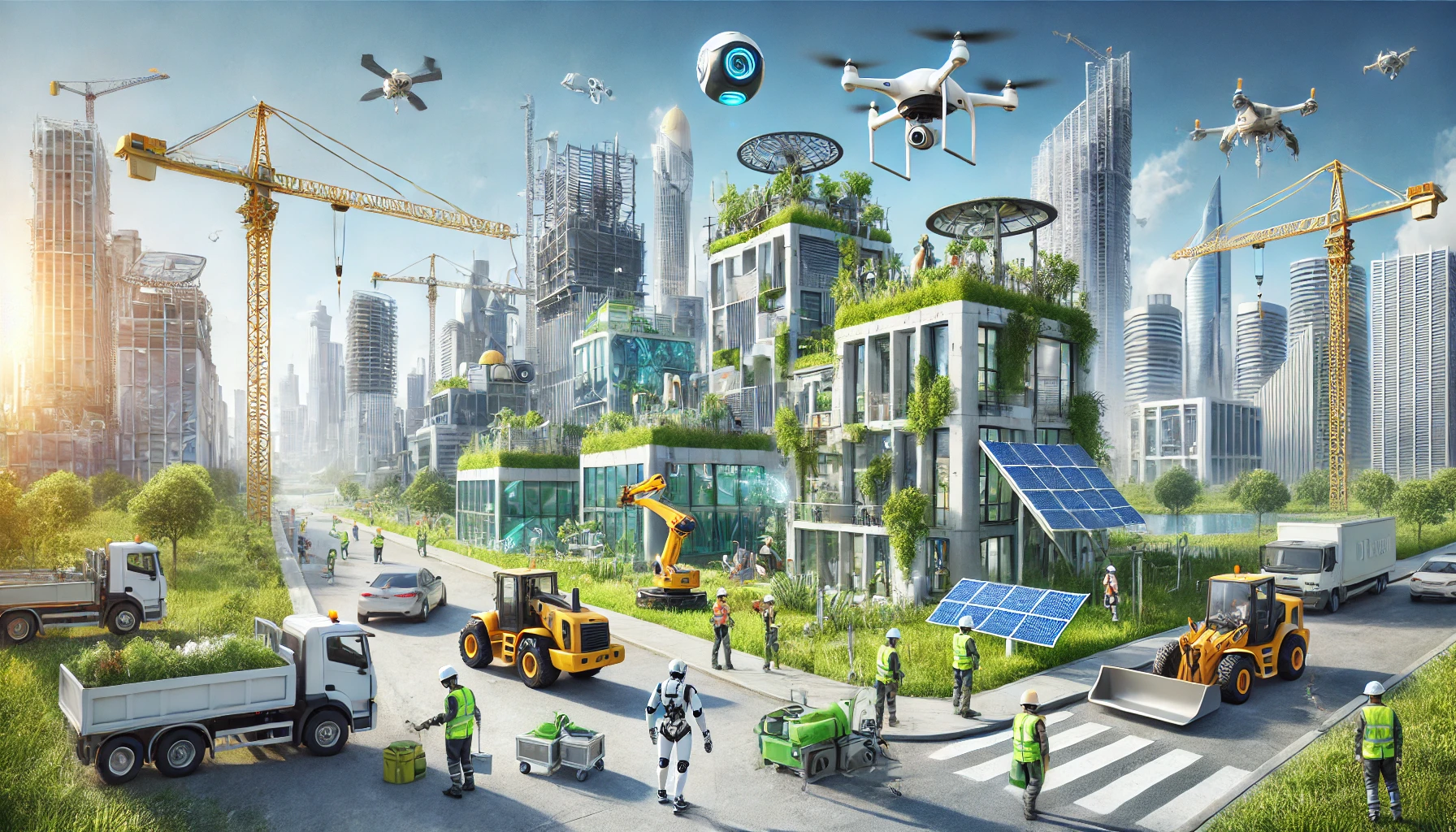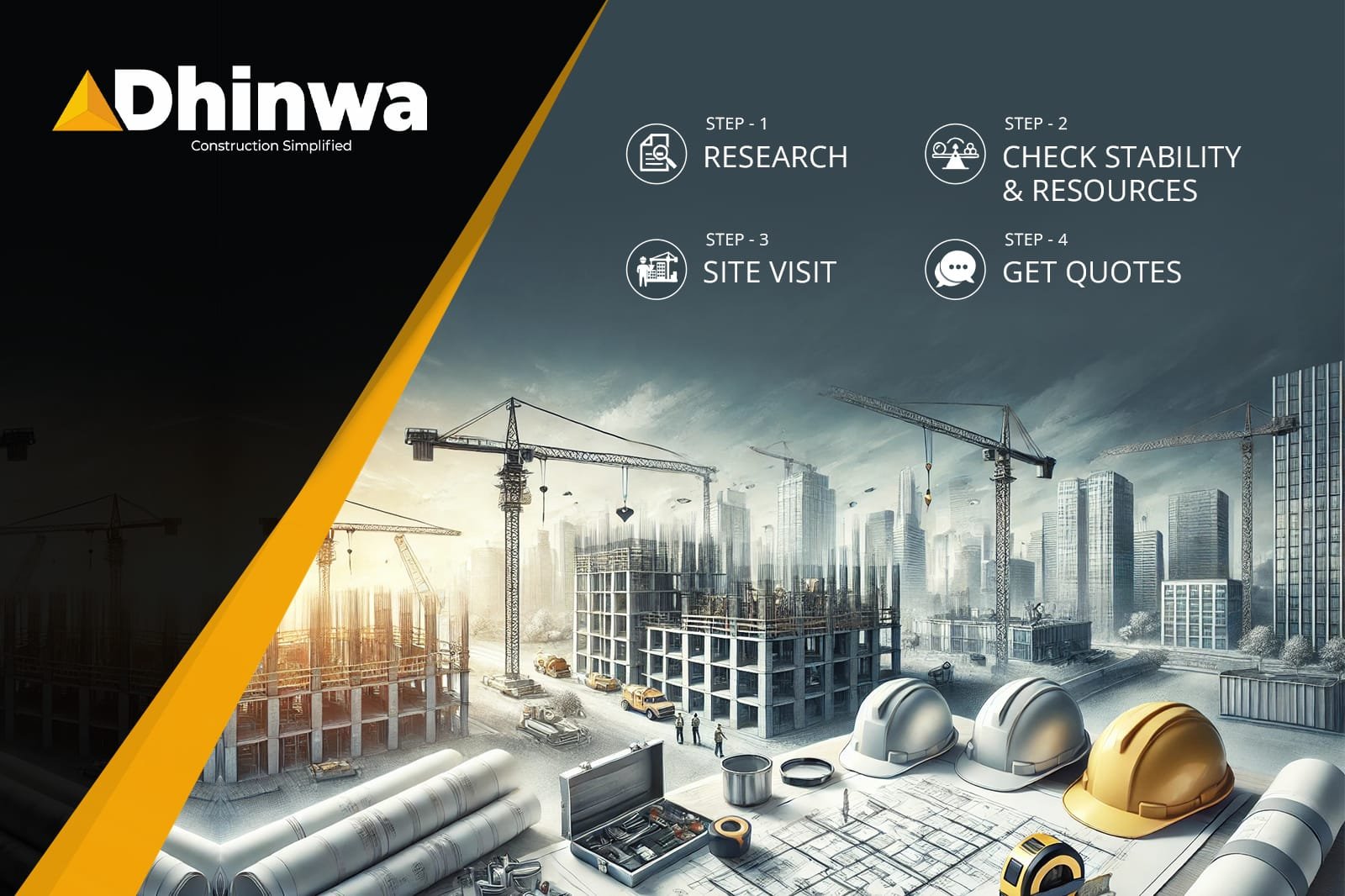Charles Correa – The Visionary Architect of Modern India

Table of Contents
High-rise building construction is a complex process that involves careful planning, design, and execution. Similarly, crafting spaces that blend tradition, innovation, and practicality is no small feat. Few architects in history have managed to achieve this balance as gracefully as Charles Correa, the man who redefined Indian architecture. His work was not just about buildings; it was about people, culture, and the environment. From affordable housing to iconic cultural landmarks, Correa’s vision shaped modern India while honoring its rich heritage.
In this blog, we will explore the life, work, and philosophy of Charles Correa, the architect who brought modernism to India without ever compromising on its soul. So, let’s dive straight in!
Early Life and Education
Charles Correa was born on September 1, 1930, in Secunderabad, India. Growing up in a newly independent India, Correa witnessed rapid societal changes that would later inspire his architectural approach. From an early age, he was fascinated by the relationship between space and the people who occupy it.
After completing his higher education at St. xavier’s college, Mumbai, Correa pursued architecture abroad:
- University of Michigan (1949–53): He earned his Bachelor’s degree in Architecture and studied under the guidance of great teachers like Buckminster Fuller.
- Massachusetts Institute of Technology (1953–55): Here, he completed his Master’s in Urban Planning.
This global exposure broadened Correa’s horizons. While studying modern architectural techniques in the West, he remained deeply connected to his Indian roots. The fusion of these influences laid the foundation for his unique design philosophy.
Architectural Philosophy
Charles Correa’s architectural philosophy was a harmonious blend of modernist principles and India’s cultural and environmental context. He believed that architecture should respond to the specifics of place, climate, and tradition, rejecting the wholesale adoption of Western designs that lacked relevance to Indian realities. Correa’s approach, often aligned with critical regionalism, emphasized creating contemporary architecture that remained deeply rooted in local culture and conditions.
Cosmos Philosophy
A unique aspect of Charles Correa’s work was his cosmos philosophy, where architecture reflected humanity’s connection to the universe. This approach is evident in projects like the Jawahar Kala Kendra in Jaipur, which incorporates cosmic and metaphysical principles drawn from traditional Indian concepts such as the Navagraha (nine planets). Correa believed that architecture could transcend functionality to evoke a spiritual connection, creating spaces that inspire introspection and harmony with the cosmos.
Correa’s work stands out because he seamlessly integrated modernist principles with Indian traditions. Unlike many architects of his time who imitated Western designs, Correa prioritized:
- Integration of Modernism and Indian Traditions
He adopted clean lines, functional spaces, and minimalistic designs, hallmarks of modernism. Yet, he infused them with local elements like courtyards, verandas, and natural ventilation to suit India’s tropical climate.
These elements were not merely aesthetic; they were practical responses to India’s tropical climate, ensuring natural light, ventilation, and thermal comfort. For Correa, tradition was not something to be romanticized or copied, but rather an adaptable resource to inform contemporary design.
This seamless synthesis of old and new allowed his work to feel timeless and contextually appropriate, a trait evident in buildings like the Gandhi Smarak Sangrahalaya in Ahmedabad and the Jawahar Kala Kendra in Jaipur.
- Sustainability and Climate Responsiveness
Long before sustainability became a buzzword, Correa championed climate-responsive architecture. His designs often relied on natural light, airflow, and energy-efficient layouts. He believed buildings should work with the environment, not against it.
Courtyards and shaded pathways were strategically incorporated to facilitate airflow, while terraces and verandas helped reduce solar heat gain. This approach minimized reliance on artificial cooling systems, making his buildings environmentally sustainable and cost-effective to operate.
- Human-Centric Design
For Correa, architecture was fundamentally about people. He rejected the idea of buildings as isolated objects and instead focused on creating spaces that fostered human interaction, community engagement, and comfort. His designs often featured open spaces, shaded walkways, and communal areas that encouraged socialization and strengthened community bonds. This human-centric approach was particularly evident in projects like Bharat Bhavan in Bhopal, where the use of open courtyards and natural light created a welcoming and inclusive environmen
- Affordable Urban Housing
As India urbanized rapidly in the late 20th century, affordable housing became one of the country’s most pressing challenges. Correa played a significant role in addressing this issue by designing low-cost, functional, and dignified living spaces for the urban poor. His housing solutions, while practical and affordable, retained aesthetic beauty and environmental sensitivity.
One of Correa’s landmark contributions was his work on urban planning projects, most notably Navi Mumbai. Envisioning an alternative to the overcrowded and resource-strained Mumbai, Correa’s plan for Navi Mumbai provided a well-structured, decentralized urban space that prioritized affordability, accessibility, and sustainability. Through his work, he sought to democratize urban living, making quality housing available to all strata of society.
Key Projects by Charles Correa
Correa’s portfolio includes an incredible range of projects, from residential buildings to cultural landmarks. Let’s take a closer look at some of his most iconic works:
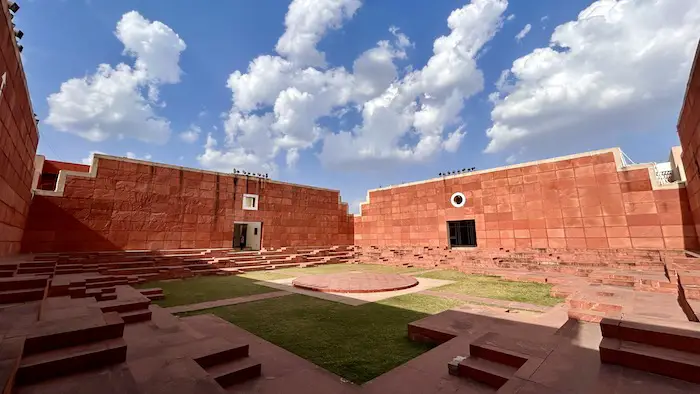
This cultural center, completed in 1992, is a masterclass in blending traditional Indian principles with modern design. Correa used the ancient concept of Vastu Purusha Mandala to plan the structure. The result is a harmonious space that celebrates art and culture while staying true to Jaipur’s architectural heritage.
Kanchanjunga Apartments, Mumbai
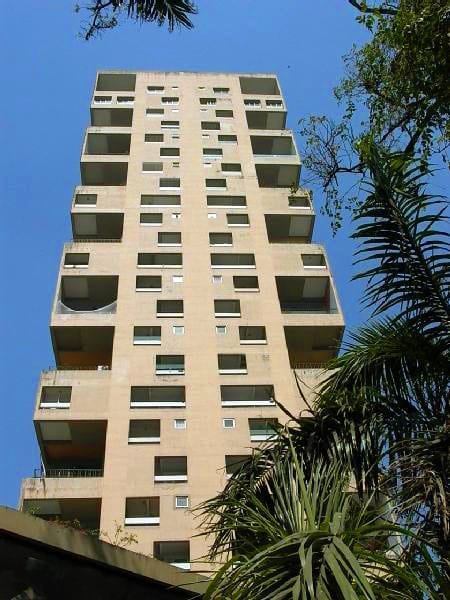
This high-rise residential building (completed in 1983) was way ahead of its time. Correa designed it to tackle Mumbai’s tropical climate. Using vertical gardens and double-height terraces, he ensured natural light and ventilation without compromising privacy. The Kanchanjunga Apartments remain a marvel of modern living in an urban environment.
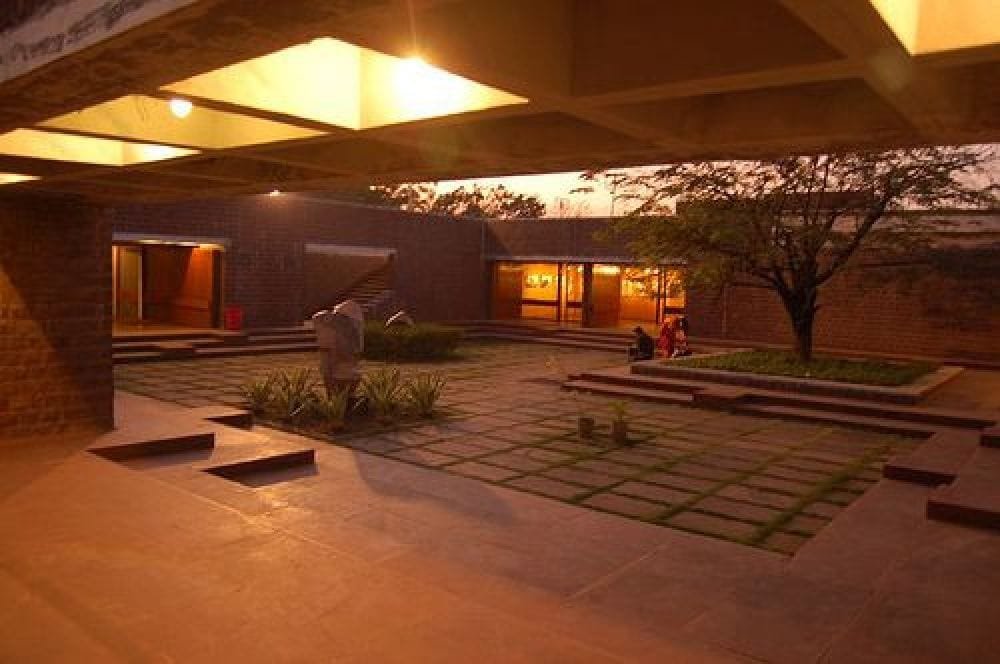
A multi-arts complex built in 1982, Bharat Bhavan is a tribute to India’s artistic diversity. Correa skillfully integrated the structure with the natural landscape, creating an immersive experience for visitors. Its terraced levels and open spaces make it an architectural gem.
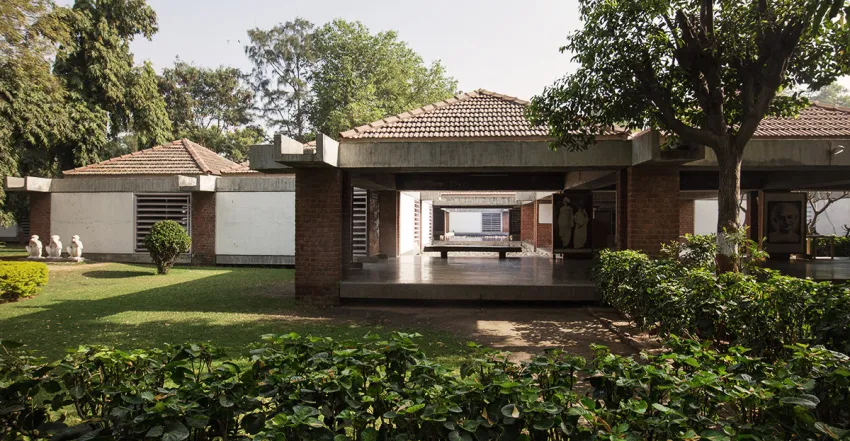
Built in 1963, this memorial dedicated to Mahatma Gandhi perfectly captures his philosophy of simplicity. Correa’s use of brick pavilions, courtyards, and water bodies creates a serene, reflective space that honors Gandhi’s legacy.
Contributions to Urban Planning
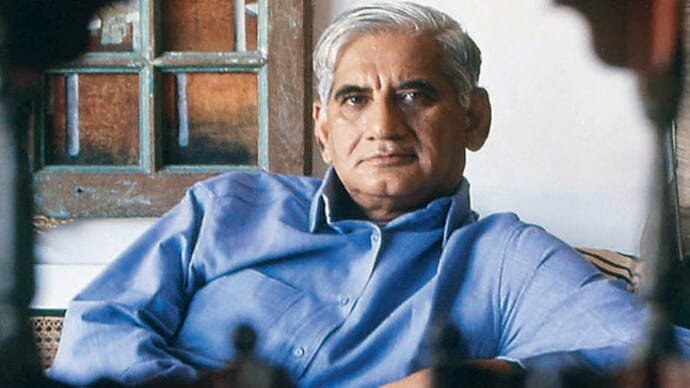
While Correa is best known for his architectural works, his contributions to urban planning are equally transformative.
- Navi Mumbai
In the 1970s, Correa was appointed to design a satellite city to ease the congestion in Mumbai. His vision for Navi Mumbai emphasized sustainability, inclusivity, and affordability. Today, Navi Mumbai stands as one of India’s most successful urban planning projects.
- Affordable Housing Solutions
Correa believed that architecture had a responsibility to solve social issues. He advocated for affordable, practical homes that could be replicated across cities to tackle India’s housing crisis.
Recognitions and Awards
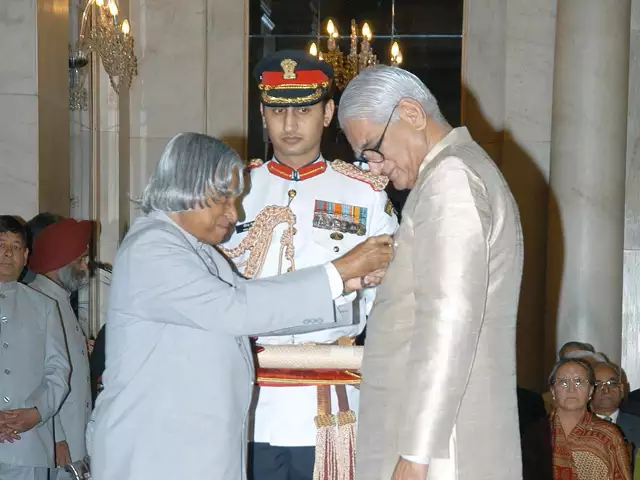
Charles Correa’s groundbreaking work earned him numerous accolades, including:
- Padma Vibhushan (2006): India’s second-highest civilian award.
- Aga Khan Award for Architecture (1998): Honoring his excellence in design.
- Praemium Imperiale (1994): Honored with one of the highest accolades in arts by Japan Art Association
- Royal Gold Medal (1982): Presented by Royal Institute of British Architects (RIBA) Recognizing his global influence on architecture.
- Padma Shri (1972): Recognizing his Exceptional Architectural work.
These awards reflect Correa’s enduring impact on architecture and urban planning, both in India and worldwide.
Legacy and Influence
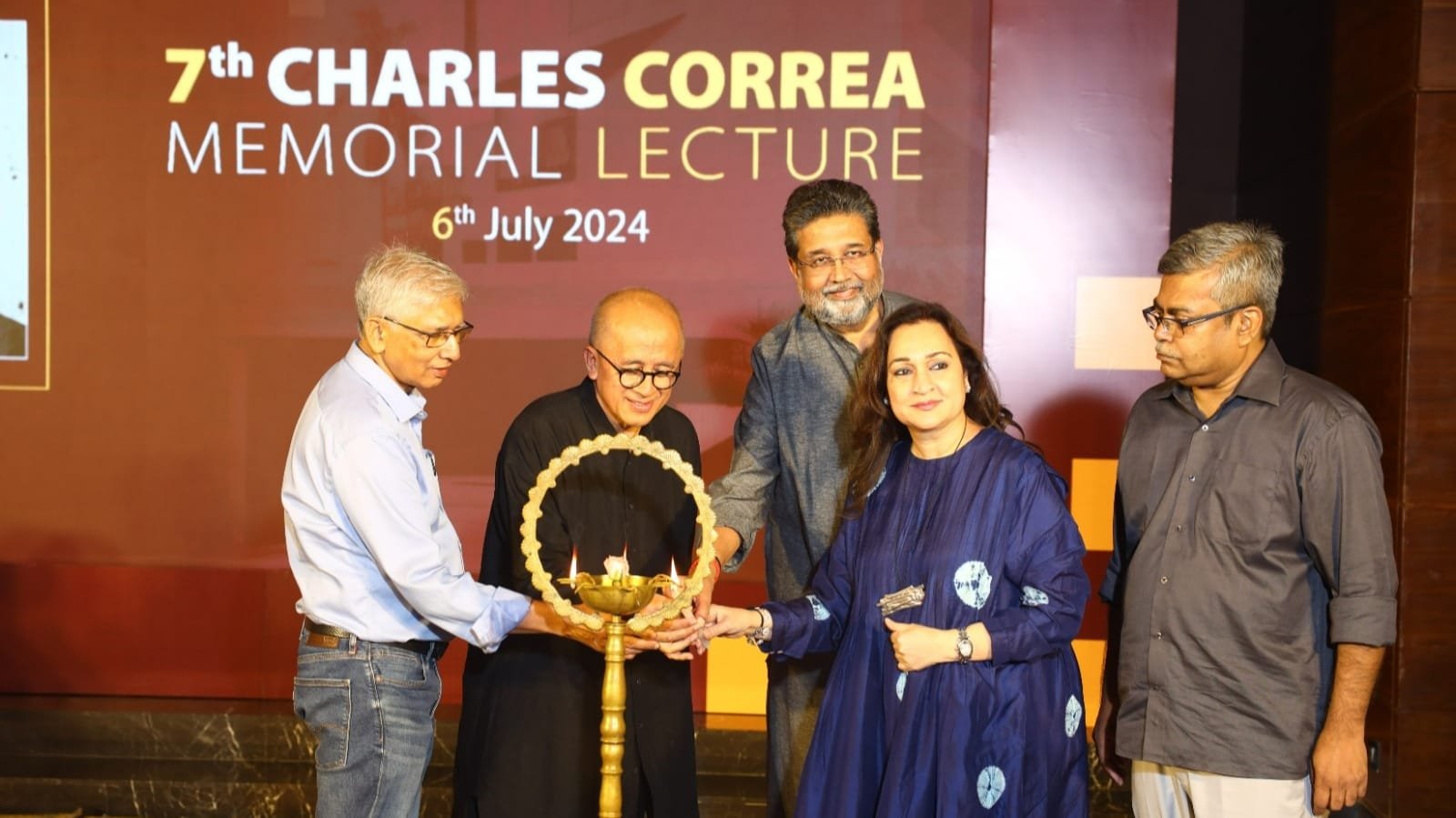
Charles Correa’s work continues to inspire architects and urban planners across the globe. His emphasis on sustainability, human-centric design, and cultural integration remains relevant in today’s rapidly urbanizing world. Correa believed that architecture was more than just structures; it was about creating spaces where people could live, work, and thrive.
For young architects, Correa’s work serves as a blueprint for innovation, demonstrating how modern design can honor tradition while addressing contemporary challenges.
Conclusion
Charles Correa was more than just an architect; he was a visionary who understood the pulse of India. From iconic landmarks like the Gandhi Memorial to urban planning marvels like Navi Mumbai, his work transformed the way we think about spaces. His philosophy of blending modernism with Indian traditions continues to shape architecture today.
In a world that often prioritizes trends over substance, Correa’s legacy reminds us that great architecture is timeless. It respects the past, serves the present, and prepares for the future.
If you ever wondered what makes Charles Correa’s work so special, it’s this: he didn’t just design buildings; he designed experiences. And that is what sets him apart as one of the greatest architects of our time.
